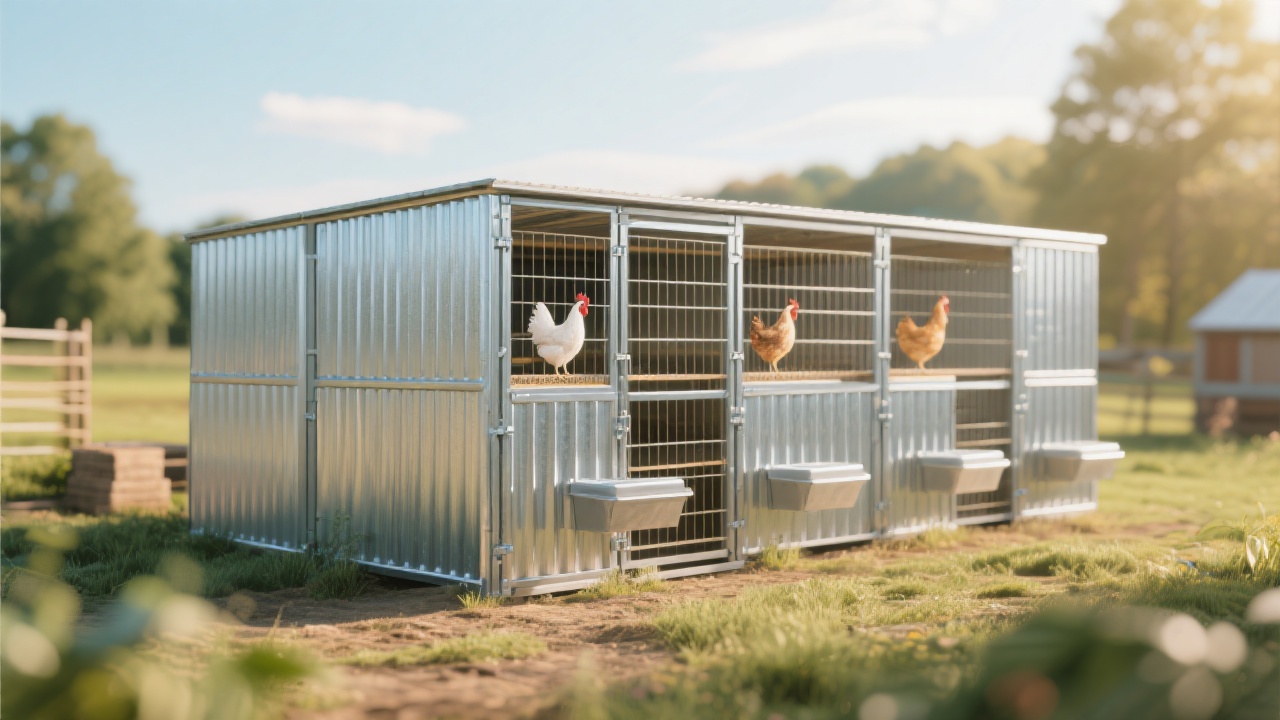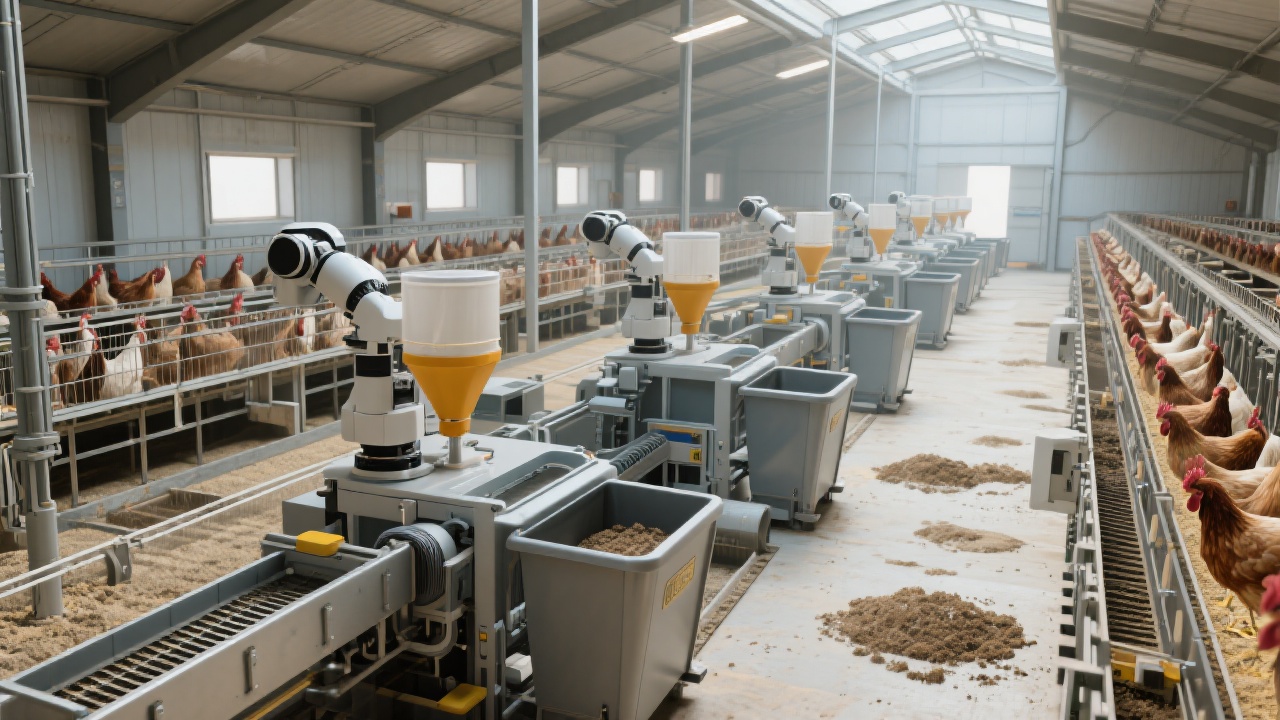
Managing large poultry farms with 5,000 to over 30,000 laying hens presents formidable challenges, especially in manual egg collection and manure handling. Traditional labor-intensive methods pose serious limitations: high labor costs, inconsistent hygiene standards, and low operational efficiency. This article dissects the technological principles behind the H-type layer cage automated egg collection system and its integrated manure removal mechanisms — an industry-proven solution to reduce labor dependence, boost efficiency, and ensure stable, scalable farm operations.
Manual egg collection requires workers to constantly enter poultry houses, resulting in:
The H-type layer cage system incorporates a meticulously designed egg-rolling slope that directs freshly laid eggs to collection belts, minimizing breakage and contamination. This automatic egg conveyor works synergistically with a scheduled manure belt and scraper mechanism, ensuring manure removal efficiencies >95%. Integration with temperature control systems optimizes ventilation to maintain avian health and egg quality.
Key Features Include:
| Component | Description | Benefit |
|---|---|---|
| Egg Slider Angle (7-9°) | Optimized slope guides eggs softly to collection belts | Reduces broken eggs by up to 40% |
| Timed Manure Removal | Automated belt and scraper removes manure every 4 hours | Maintains hygiene, reduces ammonia levels by 25% |
| Temperature-Ventilation Linkage | Environmental sensors adjust fan speed in real-time | Improves hen comfort, egg yield increases by 8% |
Adopting this automated H-type system means the farm can cut down labor requirements by 50% or more, whilst simultaneously improving operational stability and boosting productivity metrics.

The system flexibly adapts to different flock sizes. Here are tailored recommendations correlating to flock magnitude:
| Flock Size | Recommended Modules | Expected Labor Reduction |
|---|---|---|
| 5,000 – 10,000 birds | Basic automation: single egg conveyor + standard manure belt | ~45% |
| 10,001 – 20,000 birds | Enhanced system: dual conveyors, timed manure removal, environmental control | 50%-60% |
| 20,001 – 30,000+ birds | Full integration: multi-line automation, advanced sensor feedback, remote monitoring | Up to 65% |

Despite automation, certain recurrent issues can affect system performance. Most notably:
Pro Tip: Conduct bi-weekly team training on system basics and troubleshooting techniques, empowering staff to maintain stable operation and swiftly address cardinal issues.

Well-trained personnel ensure the automated system consistently delivers on its promise of labor savings and operational efficiency. Training should focus on:
Initial training cycles spanning 3-5 days yield tangible drops in downtime incidents by up to 30%, driving faster ROI.
Curious about how the automated H-type egg collection system can revolutionize your poultry farm? Discover tailored solutions for your scale and start cutting labor costs while boosting productivity.

